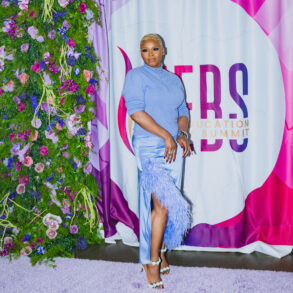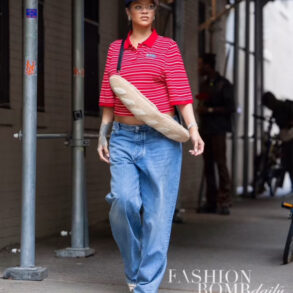LONDON/MADRID, Sept 11 (Reuters) – Zara owner Inditex (ITX.MC), which was among the first fashion retailers to raise prices in response to surging inflation, is in a strong financial position as weakening demand for clothing puts pressure on the sector to lower prices, analysts say.
Inditex shares have risen around 64% over the past 12 months as the world’s biggest clothing retailer successfully passed cost increases on to shoppers and reported record profit margins.
But after several U.S. retailers including Macy’s and Foot Locker warned of weak consumer spending, fears of an economic slowdown have come back into focus. Investors will be watching for any signs of weakness in Inditex’s first-half results on Wednesday.
“I think companies will be more disciplined and will reduce pricing where they think they can gain volumes,” said Fabio Di Giansante, portfolio manager at Amundi, which holds shares in Inditex.
Bank of America analyst Geoffroy De Mendez said Inditex could cut prices by 2% in its 2024 financial year, which runs to Jan. 31 2025, after the company raised prices by an estimated 5% in 2022 and 2% this year. On the U.S. site, a Zara tailored women’s blazer costs about $129 while a pair of its relaxed-fit men’s pants sells for $70.
“The reason why they can do it is because they have the highest margin on the street. If there’s one company that can afford lower pricing, it’s this one,” said De Mendez.
Overall, analysts expect Inditex to report a 12% increase in sales and around a 33% jump in profit in its first half, compared to the same period a year ago. In the six months to July last year, Inditex’s sales increased by 25% and profits climbed by 41% – but that was in comparison with a period marked by COVID-19 lockdowns around the world.
Lowering prices could be one way retailers like Inditex, whose brands also include Bershka and Massimo Dutti, seek to gain market share even as shoppers cut their spending.
According to Bernstein analysts, Inditex’s key rival H&M (HMb.ST), set to report third-quarter sales on Friday, has pushed through more price increases than peers over the past year.
Clothing retailers could also adapt to a tougher economic backdrop by focusing more on wardrobe basics and must-haves, Amundi’s Di Giansante said.
“Even in apparel retail you have the opportunity to be less discretionary, and more focused on what people need to buy.”
Reporting by Helen Reid in London and Corina Pons in Madrid, Editing by Emelia Sithole-Matarise
Our Standards: The Thomson Reuters Trust Principles.
This post was originally published on this site be sure to check out more of their content.










